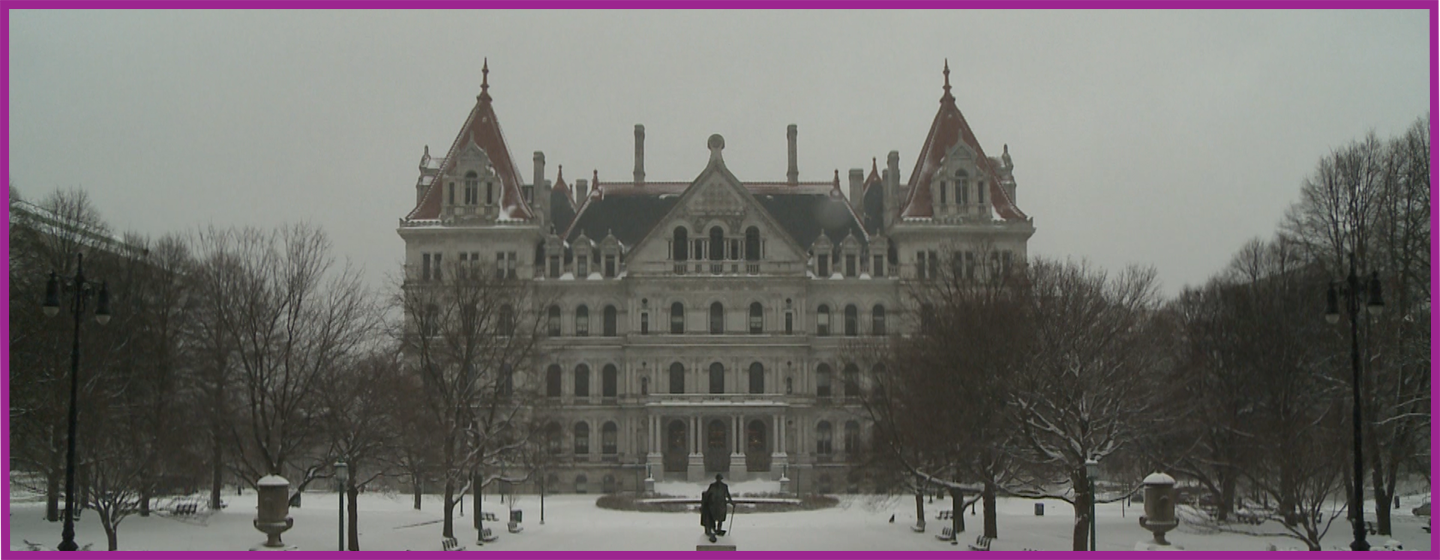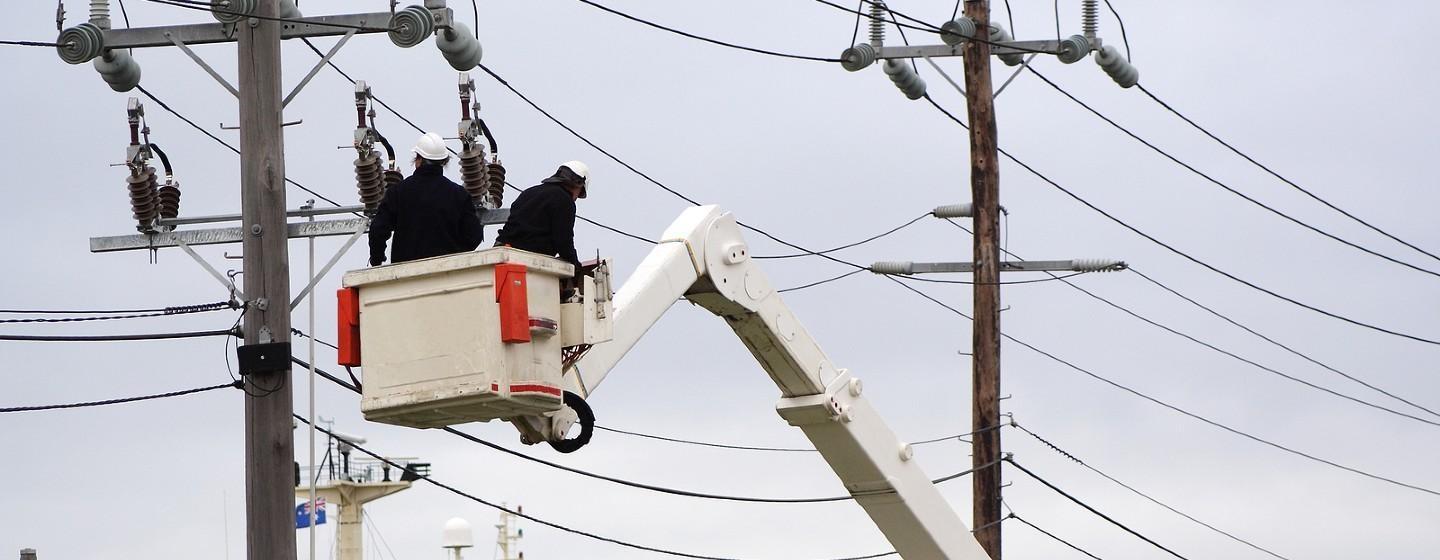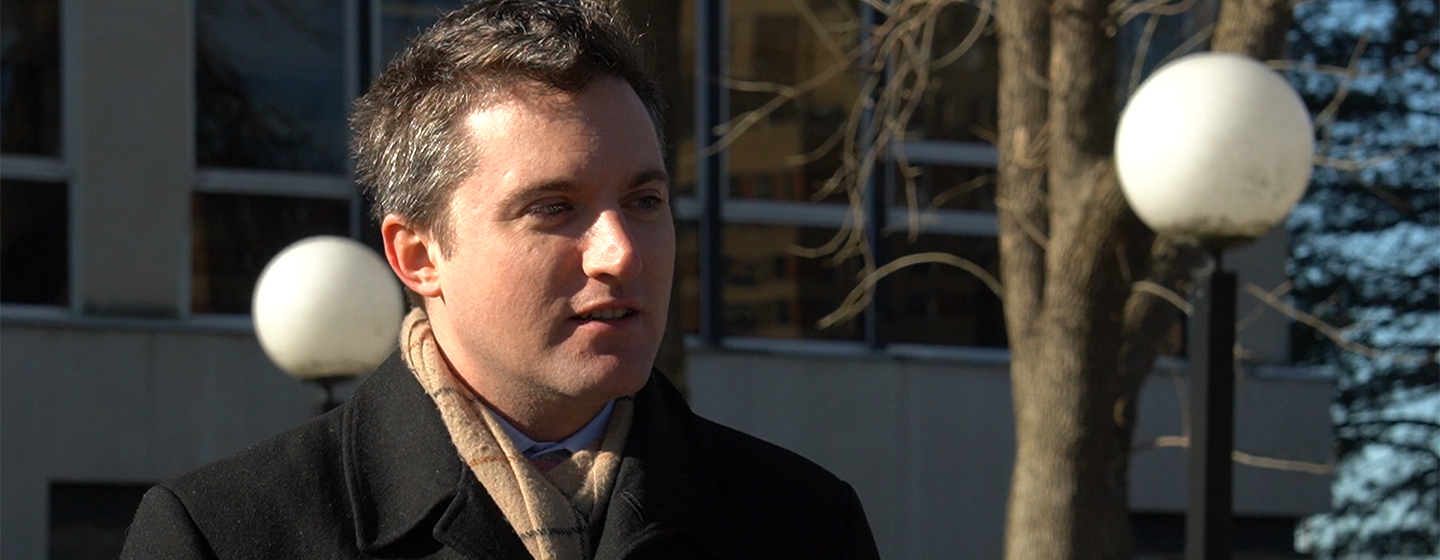Cuomo to Decide Fate of Bill to Study Broadband in NY

Broadband Access in New York State
Gov. Andrew Cuomo has touted that access to high-speed internet exists in 98% of New York state, but some advocates and lawmakers say that’s not accurate and are pushing the governor to sign legislation that could help them prove it.
If Cuomo doesn’t act on the bill by the end of the month, it will quietly disappear in the form of a pocket veto, which means lawmakers would have to pass it again for his consideration.
The legislation, called the Comprehensive Broadband Connectivity Act, would require the Public Service Commission, the state’s utility regulatory agency, to study the availability, affordability, and reliability of high-speed internet in all areas of the state.
It was sponsored last year by State Sen. Sean Ryan, a Democrat from Buffalo who was in the state Assembly at the time. It passed with nearly unanimous support in both chambers, with just one negative vote in the Senate.
“Good public policy relies on good data,” Ryan said in an interview. “So, once we have a sense of who doesn’t have access, then we can look to improve that access.”
Cuomo’s claim that 98% of the state has access to high-speed internet relies on data produced by the federal government, which issues a report on broadband connectivity each year.
According to the latest report from the Federal Communications Commission, 98.8% of the state has access to broadband internet. That’s defined in the report as a connection with speeds of at least 25 megabits per second.
But that data, according to Ryan and supporters of the bill, is compiled in a way that likely misrepresents how much of the state actually has access to broadband.
The federal government’s data is based on what’s reported in each census tract, which are subdivisions of each county used for statistical purposes. Some of those tracts are sprawling geographic areas, with several residents included in the same dataset.
If just one resident in a census tract has access to high-speed internet, the entire census tract is marked as having access, according to the report. So, even if every other resident of a census tract doesn’t have the same access, that’s not reflected in the FCC’s data.
“As soon as one person in the census tract has high-speed internet by the federal definition, everybody has it,” Ryan said. “That’s not accurate, especially in the outlying rural areas, census tracts are geographically really big.”
Ryan’s bill would require the PSC to drill down further, to the household level, and report the number of residences considered to have access to broadband, and those that don’t.
It would also, for the first time, require the agency to study the reliability and affordability of high-speed internet in New York. So, the PSC would have to look at whether internet service companies are actually providing consistent speeds as advertised.
The legislation would also order an analysis of competition among internet service providers in different areas of the state. In many of the state’s cities, there’s only one major internet service provider: Spectrum.
It would also mandate the PSC to collect a series of other data points, which could then be used by either the agency or the Legislature in an attempt to regulate internet service providers. It’s still an open question as to how much control the PSC has over those companies.
The measure does not come with a price tag, which could be an obstacle this year in meeting Cuomo’s approval. New York is currently trying to resolve a projected $15 billion budget over two years.
The first report would be produced by the agency early next year if the bill is approved by Cuomo. Spokespeople for the governor’s office did not immediately respond to a request for comment on the legislation.
Related

Cuomo Proposes High-Speed Internet Price Cap
Gov. Andrew Cuomo wants to mandate internet service providers in New York to offer high-speed internet to low-income consumers at $15 per month,.

Lawmakers Urge State to Provide Wi-Fi in Group Homes
State lawmakers who chair committees for people with disabilities say the state needs to pay for Wi-Fi for group home residents.


